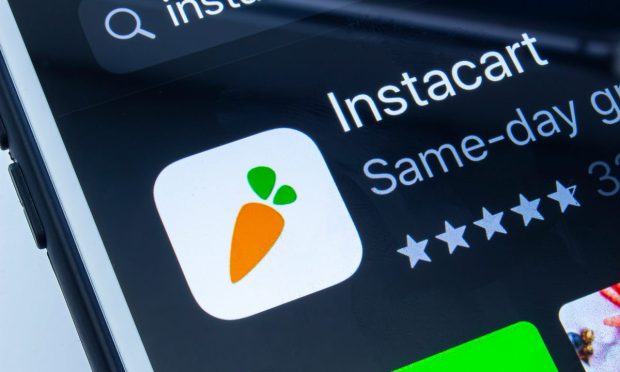Instacart Expands EBT SNAP Offerings

Grocery tech firm Instacart said it has expanded its Electronic Benefits Transfer and Supplemental Nutrition Assistance Program (EBT, SNAP) offering to 10 new states.
According to a Monday (July 25) news release, the expansion covers the states of Colorado, Hawaii, Idaho, Louisiana, Montana, New Mexico, Oregon, Utah, Washington and Wyoming, letting EBT SNAP users purchase groceries via the Instacart App and retailers’ Instacart Platform-powered eCommerce sites.
Read more: Sprouts Joins Grocers Accepting EBT SNAP for eCommerce Orders Through Instacart
The company said Albertsons Companies and Sprouts Farmers Market are among the first to accept EBT SNAP online in these states. Instacart said the move will benefit almost 30 million Americans dealing with food insecurity in 49 states and Washington, D.C., giving them access to in-store shopping as well as curbside pick-up and delivery orders.
“At Instacart, our goal is to continue unlocking access to nutritious food for those who need it most,” said Sarah Mastrorocco, vice president of access to food and nutrition. “We’ve long advocated to expand online EBT SNAP acceptance, and we’re proud to bring this critical service to people in 10 additional states in partnership with grocers that people know, love and trust.”
Instacart noted it has recently expanded EBT SNAP acceptance online with Meijer, Price Chopper/Market 32 and Tops Friendly Markets, offering customers more access to groceries in Indiana, Kentucky, Michigan, Ohio and Wisconsin (Meijer), as well as New York, Connecticut, Massachusetts, New Hampshire, Pennsylvania and Vermont (Price Chopper, Tops).
See also: Uber Joins Race to Extend Grocery Delivery to All Income Brackets
As PYMNTS noted in May, this year has seen a number of supermarket chains announce they now accept EBT and SNAP payments for digital grocery orders.
Research from PYMNTS’ 2021 How We Eat Playbook, which was put together in collaboration with Carat from Fiserv, showed that high-income consumers were 25% more likely than their low-income counterparts to order groceries online for delivery. The report found that 59% of those who earned less than $50,000 a year reported using these channels, versus about three-quarters of those whose yearly income was more than $100,000.
